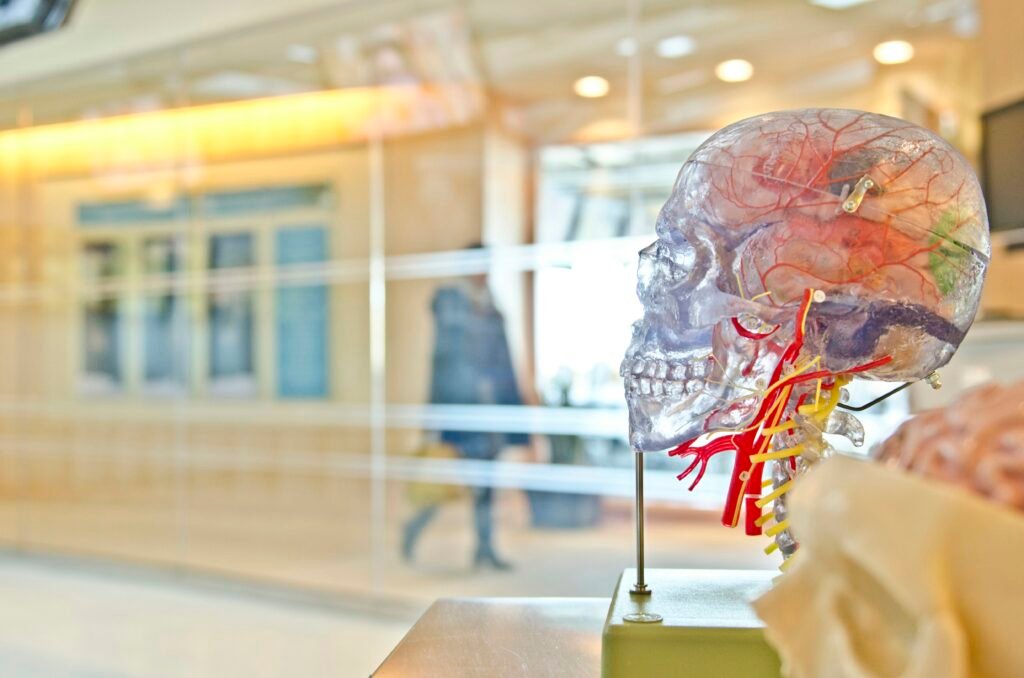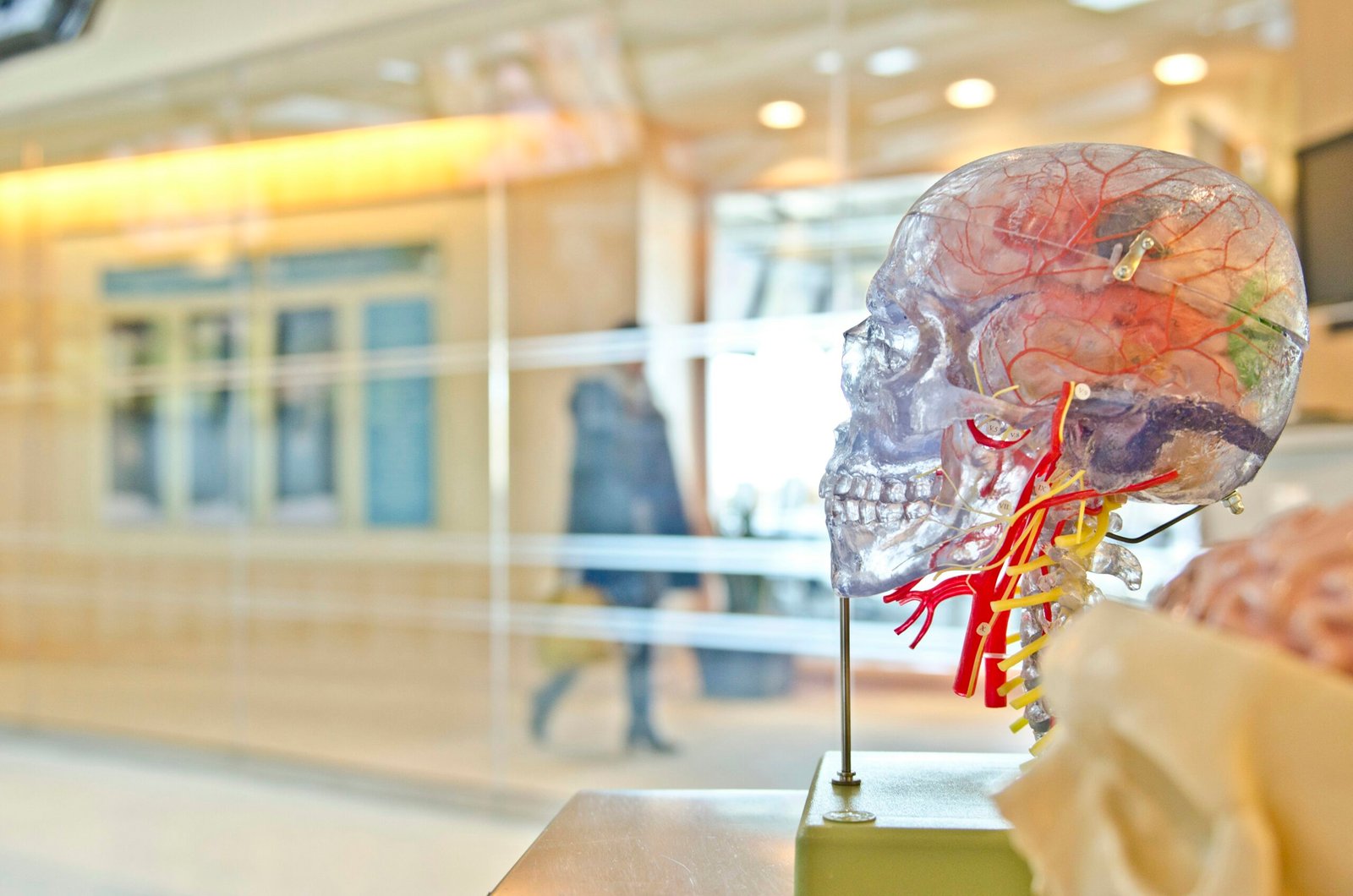In a world where artificial intelligence (AI) often evokes concerns about job displacement and existential threats to humanity, there are those who believe that AI has the potential to revolutionize science in a positive way. Scientists like Demis Hassabis and Yann LeCun argue that AI can accelerate scientific discovery, particularly in fields like medicine, climate science, and green technology. Looking back at historical precedents, such as the impact of microscopes and telescopes in the 17th century, research laboratories in the 19th century, and computers in the 20th century, there is a strong case to be made that AI can bring about significant advancements in scientific knowledge and innovation. This article explores how AI tools and techniques are presently being applied in various scientific disciplines, highlighting the potential for AI to transform scientific practice and lead to remarkable breakthroughs.

Section 1: Introduction
Artificial intelligence (AI) has been the subject of much debate, with concerns about its potential dangers and impact on society. However, there is another side to AI that is worth exploring – its potential to revolutionize science and help solve some of humanity’s biggest challenges. Experts in the field believe that AI can significantly speed up scientific discovery, especially in areas like medicine, climate science, and green technology. In this article, we will examine the historical precedents of scientific breakthroughs and how AI can play a similar role. We will also discuss the application of AI in various scientific fields and explore promising areas where AI can make a significant impact. Additionally, we will address the barriers to adoption and the importance of government and funding support in harnessing the full potential of AI in science.
Section 2: Historical Precedents
Microscopes and Telescopes in the 17th Century
In the 17th century, the invention of microscopes and telescopes revolutionized scientific discovery. These new tools allowed researchers to observe the world in ways that were previously unimaginable. Scientists could now make their own observations rather than relying solely on the knowledge passed down from ancient scholars. This shift in scientific practice led to rapid progress in fields like astronomy and physics. Moreover, the introduction of scientific journals provided a platform for researchers to share their findings and collaborate with others, further accelerating scientific advancement.
Research Laboratories in the late 19th Century
In the late 19th century, the establishment of research laboratories marked another period of world-changing scientific innovation. These laboratories brought together ideas, people, and materials on an industrial scale, fostering collaboration and accelerating the discovery process. It was in these laboratories that revolutionary inventions like artificial fertilizers, pharmaceuticals, and the transistor were born. The transistor, in particular, powered the computer revolution of the mid-20th century and laid the foundation for the modern digital age.
Computers in the mid-20th Century
The advent of computers in the mid-20th century opened up new possibilities for scientific research. Computers enabled scientists to simulate and model complex systems, leading to breakthroughs in various fields. From the design of weapons and aircraft to more accurate weather forecasting, computers revolutionized science by providing powerful tools for analysis and prediction. The use of computers in scientific research continues to evolve, and now, with the emergence of AI, a new frontier in scientific discovery is opening up.
Section 3: AI in Science
Application in Various Fields
AI is now being applied in almost every field of science, although the degree of adoption varies. Researchers are using AI to identify promising candidates for analysis, such as molecules with specific properties in drug discovery or materials with desired characteristics in energy storage. AI is also being used to sift through vast amounts of data, looking for patterns and trends that may not be apparent to human researchers. Additionally, AI is enabling the modeling and analysis of complex systems, such as protein folding and galaxy formation.
Identifying Promising Candidates
One key application of AI in science is the identification of promising candidates for further analysis or experimentation. AI algorithms can analyze vast amounts of data and identify patterns or correlations that may lead to new discoveries. For example, in drug discovery, AI can analyze molecular structures and properties to pinpoint potential therapeutic compounds. In materials science, AI can search for materials with specific properties that are needed for applications like batteries or solar cells. By accelerating the candidate selection process, AI can significantly shorten the time it takes to make scientific breakthroughs.
Data Analysis and Pattern Recognition
Another area where AI excels is data analysis and pattern recognition. With the increasing amount of data being generated in scientific experiments, it becomes crucial to extract meaningful insights from this data efficiently. AI algorithms can analyze large datasets and identify patterns, correlations, or anomalies that may not be immediately apparent to human researchers. This capability can help scientists make new connections and uncover hidden relationships in their research areas.
Modeling and Analysis of Complex Systems
AI is also playing a significant role in modeling and analyzing complex systems. From protein folding to galaxy formation, AI algorithms can simulate and predict the behavior of intricate systems. By understanding and modeling complex systems, scientists can gain insights into fundamental processes and phenomena that were previously difficult to study. AI-based modeling can lead to breakthroughs in fields such as climate science, where predicting and understanding complex weather patterns is crucial for addressing the challenges of climate change.
Section 4: Promising Areas for AI
Literature-Based Discovery (LBD)
One promising area where AI can make a significant impact is literature-based discovery (LBD). LBD involves analyzing existing scientific literature to identify new hypotheses, connections, or ideas that may have been overlooked by human researchers. AI algorithms can process vast amounts of text and extract relevant information, helping scientists discover new avenues for exploration. LBD can stimulate interdisciplinary work and foster innovation at the crossroads of different fields, leading to new breakthroughs and discoveries.
Robot Scientists (Self-Driving Labs)
Another promising area for AI in science is the use of robot scientists, also known as self-driving labs. These are robotic systems that use AI to formulate new hypotheses based on existing data and literature. The robots then conduct hundreds or thousands of experiments to test these hypotheses. Unlike human scientists, robots are not influenced by biases and can explore unconventional ideas and hypotheses. Additionally, robot scientists can replicate experiments easily and scale up research, allowing for accelerated scientific discovery.

Section 5: Barriers to Adoption
Lack of Skills and Training
One major barrier to the adoption of AI in science is the lack of skills and training among scientists. AI technologies require specialized knowledge and expertise to be effectively utilized. Many scientists may not have the necessary skills to leverage AI tools and techniques in their research. Addressing this barrier requires investing in training programs and resources to educate scientists on AI methodologies and applications. By providing scientists with the necessary skills, we can bridge the gap between AI and science and maximize the potential for scientific breakthroughs.
Job Insecurity
Another concern surrounding the adoption of AI in science is the fear of job insecurity among scientists. Some scientists worry that AI tools and technologies could replace human researchers, leading to job losses or reduced demand for their skills. However, it is essential to view AI as a complementary tool rather than a replacement for human intelligence. AI can enhance and augment human capabilities, enabling scientists to tackle more significant challenges and make breakthroughs that were previously out of reach. By embracing AI as a collaborative partner, scientists can leverage its power to accelerate scientific discovery.
Section 6: Government and Funding Support
Promotion of Common Standards
Governments and funding bodies can play a crucial role in supporting the integration of AI in science. One way they can do this is by promoting the adoption of common standards that enable AI systems to exchange and interpret laboratory results and other scientific data. Standardization allows for seamless collaboration and sharing of research findings, facilitating scientific progress. By advocating for common standards, governments can create an environment conducive to the effective integration of AI in scientific research.
Funding Research on AI Integration
Another way governments and funding bodies can support AI in science is by allocating resources to fund research on the integration of AI technologies in scientific practices. This funding can be used to develop AI tools specifically tailored to scientific tasks and challenges. Additionally, research funding can support interdisciplinary collaborations between AI experts and domain-specific scientists, fostering innovation and the development of novel approaches in scientific research.
Exploring Non-Language-Based AI Approaches
While language-based AI systems like ChatGPT have gained significant attention, it is important to explore non-language-based AI approaches for scientific tasks. Model-based machine learning, for example, holds promise in scientific hypothesis formation and analysis. Governments and funding bodies should encourage research and development efforts in these less fashionable forms of AI to ensure a diverse and comprehensive AI toolkit for scientific discovery.

Section 7: Conclusion
The potential of AI to revolutionize science is evident from historical precedents and current applications. AI has the power to accelerate scientific discovery, enabling breakthroughs in medicine, climate science, and other critical fields. However, for AI to fulfill its potential, we must address the barriers to adoption, including skills and training gaps among scientists and job insecurity concerns. Governments and funding bodies have a crucial role to play in supporting and promoting the integration of AI in scientific research through the promotion of common standards, funding support, and exploration of non-language-based AI approaches. By harnessing the full potential of AI in science, we can usher in a new era of scientific discovery and innovation.




